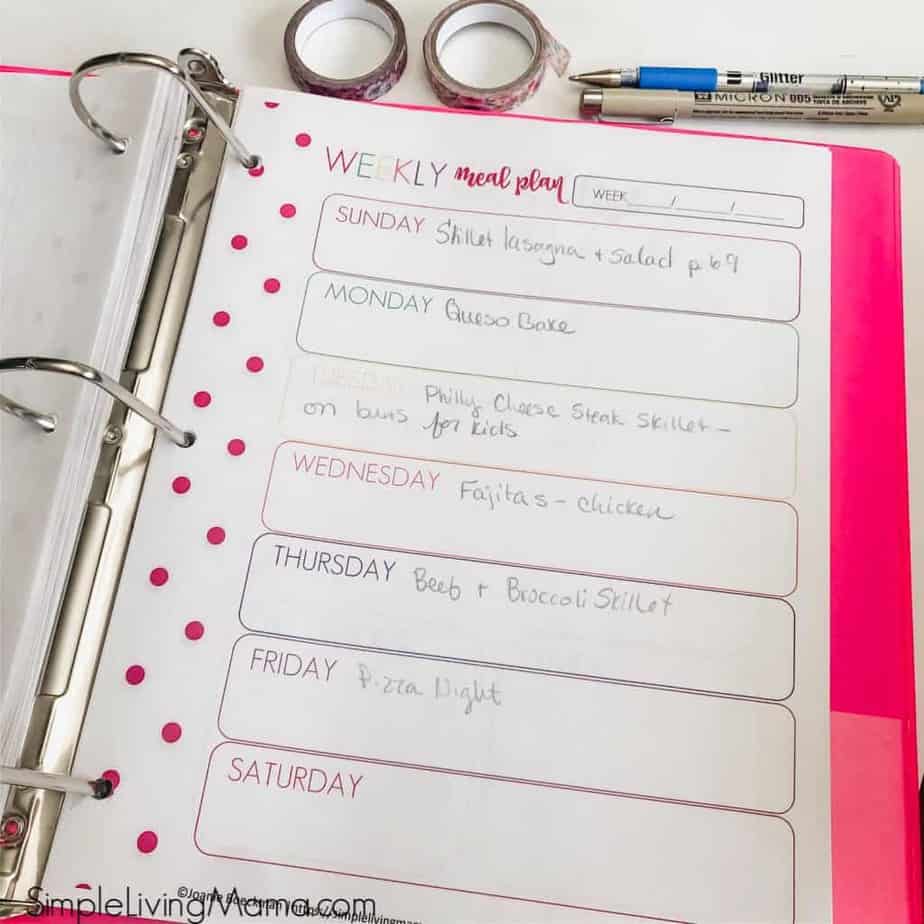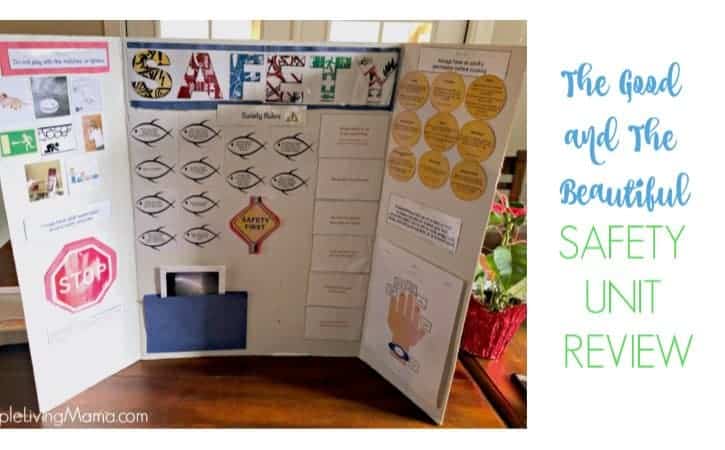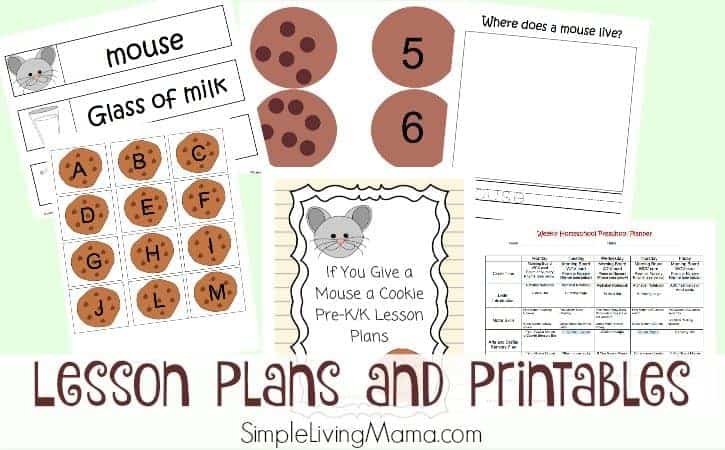5 Systems Every Homeschool Mom Needs to Thrive
This post may contain affiliate links. Please see my disclosure and privacy policy for more information. As an Amazon associate I earn from qualifying purchases.
Welcome to Day 3 of 10 Days to a Peaceful Home and Homeschool.
Now that we’ve anchored in purpose (Day 1) and cleared a little space (Day 2), today we’re focusing on systems that will help our homes and homeschools run smoothly, which will in turn create peaceful days.
Homeschooling is a beautiful, life-giving journey, but let’s be honest, it can also be a little chaotic. Between juggling multiple grade levels, managing the home, and keeping everyone fed and clothed, it’s easy to feel like you’re constantly playing catch-up.
That’s where systems come in.
Systems are the secret sauce that turn good intentions into peaceful routines. They don’t have to be complicated. In fact, the best systems are simple, flexible, and fit naturally into your daily life. Whether you’re a new homeschooler or a seasoned veteran, having these five systems in place can help your days run more smoothly, so let’s dive into the 5 systems all homeschool moms need!

Systems for a Peaceful Homeschool
1. A Simple Lesson Planning System
You don’t need a teacher’s manual for every subject or an elaborate spreadsheet (unless that brings you joy). A simple weekly or monthly planning system will do. Think of this as your big-picture guide—what subjects you’re covering, any read-alouds, and goals for each child.
Tools that help:
- A homeschool planner (like these Schoolnest planners) or printable template
- Loop scheduling for subjects that don’t need daily attention
- A morning basket or family learning block to streamline group subjects
2. A Daily Rhythm (Not a Strict Schedule)
A gentle daily rhythm or routine gives your children structure without stress. Instead of timing every hour, think in terms of natural “blocks,” like breakfast and morning chores, schoolwork time, outdoor play, and quiet rest time.
Why rhythms work:
- They honor your family’s natural flow
- They reduce decision fatigue
- They allow space for connection and rest
Start by identifying the “fixed points” in your day. These are the parts that happen regularly, no matter what:
- Waking up / breakfast
- Morning homeschool time
- Lunch
- Quiet time / rest
- Afternoon play
- Dinner
- Evening routines
Once you have those anchors, you can build gentle routines around them. Some examples would be mealtimes, read-alouds, independent work, chores, outdoor play, handicrafts, etc.
Here’s a peek at what a peaceful routine might look like. This is how our family’s day flows when we are home the whole day.
- Morning: Breakfast with Yoto Daily, morning time (prayer, hymns/folksongs, Shakespeare, Plutarch, current events), table work
- Late Morning: Independent work for most kids while I work with my younger kids
- Midday: Lunch, quiet reading or rest
- Afternoon: Free play, creative work (art, handicrafts), light housework or zone cleaning
- Evening: Dinner, clean-up, family time, bedtime read-aloud
You don’t need to do everything every day. The beauty of routine is that it flexes with real life.
✨ Your rhythm should serve you, not the other way around.
3. A Simple Meal System

Let’s face it—kids still need to eat even during a homeschool science experiment. Having a go-to meal planning system keeps everyone fed and frees up your mental space.
What this can look like:
- Themed meal nights (Taco Tuesday, Slow Cooker Thursday)
- A rotating two-week meal plan
- Prepping lunches the night before like a traditional school day
✨ Bonus: Teach kids to help with cooking—home ec and life skills in one!
4. A Home Management System
When you live, learn, and do life at home, things can get messy fast. A basic cleaning and laundry system will help keep your home peaceful, not perfect.
Ideas to try:
- A daily “tidy-up” routine for the whole family
- A simple cleaning loop (try zone cleaning)
- A laundry schedule (at least one load per day, older kids do their own laundry)
✨ Small daily habits can keep overwhelm at bay.
5. A Record-Keeping System

Whether your state requires it or not, keeping simple homeschool records is helpful for tracking progress and maintaining peace of mind.
What to track:
- Attendance
- Book lists
- Work samples or photos
- Progress notes
Tools to use:
- A printable homeschool record keeper
- A digital system like Google Drive
- A simple binder with labeled tabs
✨ Record keeping doesn’t have to be a burden, it can be a meaningful reflection of your year.
Homeschooling doesn’t require perfection, but it does benefit from thoughtful systems. When your days have structure, you can focus more on what matters most: connection, curiosity, and the joy of learning at home.
Start small. Pick one system to tweak or implement this week. Over time, these gentle rhythms and routines will support the peaceful homeschool life you’re cultivating.
Want a head start?
Grab my printable Homeschool Planning Pack—complete with a calendar at a glance, attendance tracker, and homeschool expense tracker to help you build your systems with ease.
Journal Prompts for Today
Take some time to reflect in your journal:
- What parts of our day already flow well?
- What times of day feel stressful or chaotic?
- What is one system I can implement now?
- What would a peaceful “flow” feel like for our family?
Start small. Even just one or two of these systems can make a difference.
Today’s encouragement:
Don’t create a rigid plan, rather create a routine that supports your family’s well-being.
Let me know in the comments:
What system do you need to work on implementing?
Tomorrow, we’ll look at how to start the day well during morning time with peace, purpose, and presence.
Missed a post? Catch up on the series here.
Coming tomorrow: Day 4 – Morning Time Peace for You and Your Kids






